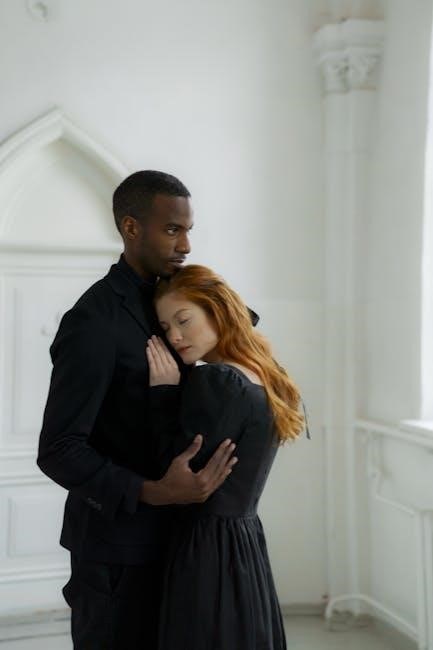The book The Mushroom and the Sacred Cross explores the controversial intersection of sacred mushrooms and Christian symbolism, challenging traditional views of religious origins through bold arguments.
1.1 Overview of the Book’s Central Theme
The central theme of The Mushroom and the Sacred Cross revolves around John Marco Allegro’s provocative argument that early Christianity emerged from ancient fertility cults involving psychedelic mushrooms. The book explores the symbolic connection between the mushroom and the cross, suggesting that these symbols represent deeply intertwined spiritual and cultural traditions. Allegro contends that the mushroom, as a sacred substance, played a pivotal role in shaping religious rituals and beliefs, challenging conventional interpretations of Christian origins. By examining linguistic, historical, and archaeological evidence, the book presents a radical reinterpretation of the foundations of Christianity.
1.2 Historical Context of Sacred Mushrooms and Christianity
The historical context of sacred mushrooms and Christianity reveals a complex interplay between ancient fungal symbolism and the rise of Christian traditions. In pre-Christian Europe and the Near East, mushrooms, particularly psychoactive species, were revered in shamanic rituals and fertility cults. Early Christianity emerged in a world where such practices were deeply embedded, leading to a clash of spiritual ideologies. Allegro’s theory suggests that Christianity absorbed and transformed these ancient traditions, with the cross potentially symbolizing the mushroom’s life cycle. This historical overlap sparked intense debate, challenging the conventional narrative of Christian origins and its relationship with pre-existing pagan practices.
John Marco Allegro and His Controversial Theory
John Marco Allegro, a British scholar, proposed a groundbreaking yet contentious theory linking early Christianity to ancient fertility cults involving psychedelic mushrooms, sparking intense academic and public debate.
2.1 Biography of John Marco Allegro
John Marco Allegro was a British archaeologist, linguist, and scholar, best known for his role in deciphering the Dead Sea Scrolls. Born in 1923, Allegro developed a deep interest in ancient languages and religions, which led him to explore unconventional theories. His academic career was marked by both acclaim and controversy, particularly due to his provocative interpretations of religious texts. Allegro’s book, The Sacred Mushroom and the Cross, posited a connection between early Christianity and psychedelic mushrooms, sparking intense debate. Despite the backlash, his work remains a significant, albeit divisive, contribution to the study of religious origins and symbolism.
2.2 Summary of His Argument on Psychedelic Mushrooms and Early Christianity
Allegro proposed that early Christianity emerged from ancient fertility cults that used psychedelic mushrooms, suggesting these substances inspired spiritual experiences central to the religion. He argued that the mushroom, particularly the Amanita muscaria, was a symbol of divine power and resurrection. Allegro linked the cross to the mushroom’s shape and its cycle of life, death, and rebirth. His controversial theory posited that Christian rituals, such as the Eucharist, may have originated from mushroom-based ceremonies. This bold hypothesis challenged traditional views of Christianity’s origins, sparking both fascination and skepticism among scholars and the public alike.
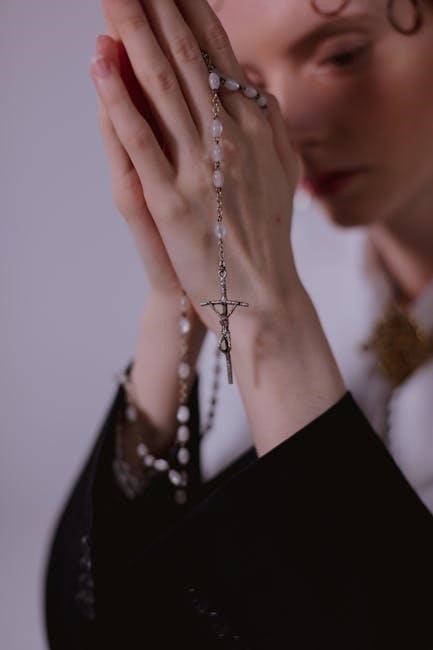
The Sacred Mushroom in Ancient Cultures
The sacred mushroom held profound symbolic and spiritual significance in ancient cultures, often representing fertility, rebirth, and divine connection, as explored in the book.
3.1 Symbolism of Mushrooms in Pre-Christian Religions
Mushrooms held profound symbolic meaning in pre-Christian religions, often representing fertility, rebirth, and spiritual transformation. Ancient cultures viewed them as bridges between the earthly and divine realms. In fertility cults, mushrooms were associated with the cycle of life and death, symbolizing the eternal renewal of nature. Their sudden growth and mysterious appearance led to their reverence as sacred entities, embodying the power of the natural world. Rituals and shamanic practices often incorporated mushrooms, linking their psychedelic properties to spiritual enlightenment. This symbolism was deeply intertwined with the cultural and religious practices of pre-Christian societies, reflecting a connection to the divine and the cosmos.
3.2 The Role of Psychedelic Mushrooms in Shamanic Practices
In shamanic traditions, psychedelic mushrooms were revered for their ability to induce profound spiritual experiences and connect practitioners with the divine. Shamans used these fungi to enter trance-like states, facilitating communication with spirits and ancestors. The mushrooms were believed to possess sacred power, enabling healing, divination, and insight into the cosmos. Rituals often involved precise preparation and ceremonial use, emphasizing their role as tools for spiritual exploration. This practice underscored the deep cultural and religious significance of mushrooms, linking them to the mysteries of life, death, and the supernatural. Their use was central to many ancient shamanic cultures, shaping spiritual practices and worldviews.
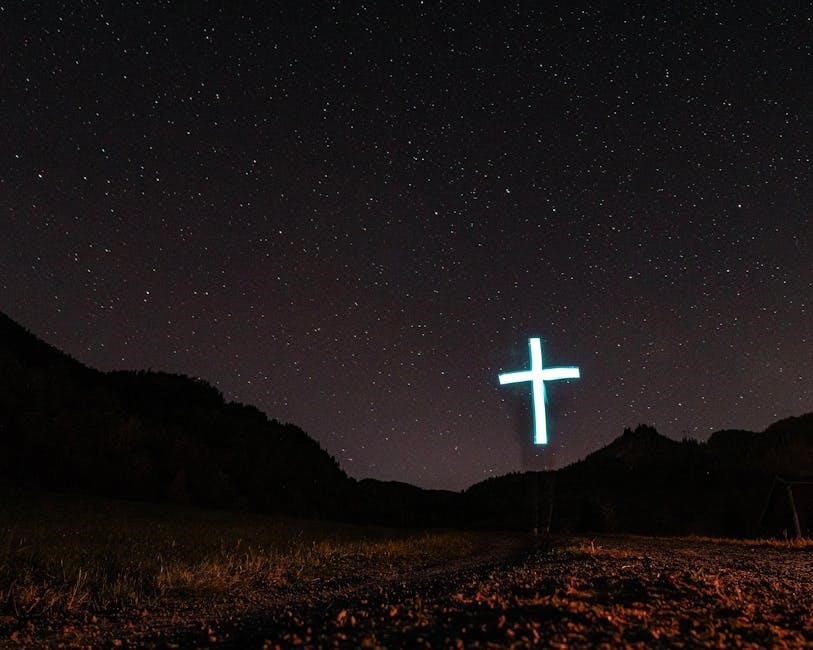
The Cross as a Symbol of Spiritual Intersection
The cross represents a profound symbol of spiritual intersection, embodying the connection between life, death, and rebirth. Its universal significance transcends cultures, reflecting divine and human unity through its design, often interpreted as a bridge between earthly and spiritual realms.
4;1 Evolution of the Cross in Christian Symbolism
The cross in Christianity has evolved from a simple symbol of martyrdom to a complex representation of divine sacrifice and redemption. Early Christians embraced it as a reminder of Jesus’ crucifixion, gradually incorporating intricate designs and theological meanings. Over centuries, the cross became a universal emblem of faith, embodying themes of resurrection and salvation. Its intersection, often seen as a bridge between heaven and earth, symbolizes unity and spiritual connection. Allegro’s work ties this evolution to ancient fertility cults, suggesting the cross represents a deeper, mystical union of earthly and divine forces, reflecting humanity’s quest for transcendence and spiritual harmony.
4.2 Allegro’s Interpretation of the Cross in Relation to Mushrooms
Allegro controversially links the cross to sacred mushrooms, proposing that early Christian symbolism was deeply influenced by ancient fertility cults. He suggests the cross represents the union of masculine and feminine principles, mirrored in the mushroom’s growth cycle. The vertical axis symbolizes the divine, while the horizontal reflects earthly existence. Allegro argues this duality aligns with the mushroom’s role in shamanic rituals, bridging the spiritual and physical realms. His theory posits that the cross, like the mushroom, embodies rebirth and transcendence, challenging traditional religious narratives. This interpretation has sparked intense debate, with critics dismissing it as speculative and lacking historical evidence, while others see it as a provocative rethink of religious origins.
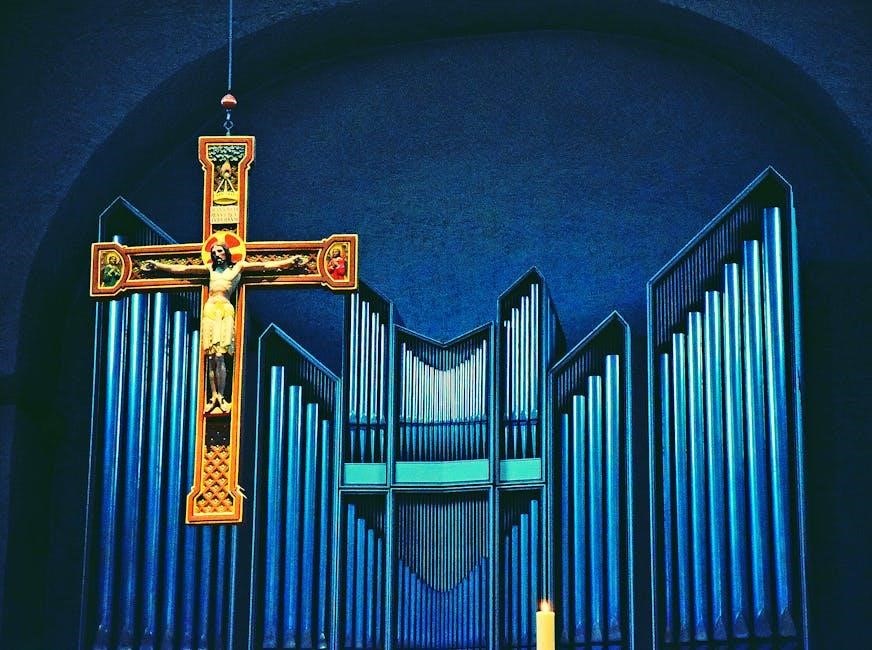
Reactions and Controversies Surrounding the Book
The Mushroom and the Sacred Cross sparked intense debate, with scholars criticizing Allegro’s claims as speculative and lacking concrete evidence. The public reacted with both fascination and outrage, dividing opinions on its controversial reinterpretation of Christianity’s origins.
5.1 Scholarly Criticism of Allegro’s Hypothesis
Scholars widely criticized Allegro’s hypothesis, arguing that his claims about psychedelic mushrooms influencing early Christianity lacked substantial evidence and were overly speculative. Many deemed his interpretations of ancient texts as stretched or miscontextualized, undermining his credibility. The academic community largely dismissed his theories as sensationalist, pointing out methodological flaws and a lack of archaeological support. Despite his background in Assyriology, Allegro’s unorthodox ideas alienated him from mainstream scholarship, with critics accusing him of prioritizing controversy over rigorous research. This skepticism highlighted the divide between Allegro’s radical views and traditional historical analyses of Christianity’s origins.
5.2 Public Perception and Debate Over the Book’s Claims
The publication of The Mushroom and the Sacred Cross sparked intense public debate, with polarized reactions ranging from fascination to outrage; While some readers found Allegro’s ideas provocative and thought-provoking, others dismissed his claims as blasphemous or pseudoscientific. The book attracted attention from countercultural movements interested in psychedelia and alternative spirituality, but it also faced criticism from religious communities who viewed it as an attack on Christian traditions. The controversy surrounding the book led to widespread media coverage, further fueling public discourse. Despite the backlash, the book remains a subject of discussion, challenging readers to reconsider the intersections of religion, culture, and psychedelia.
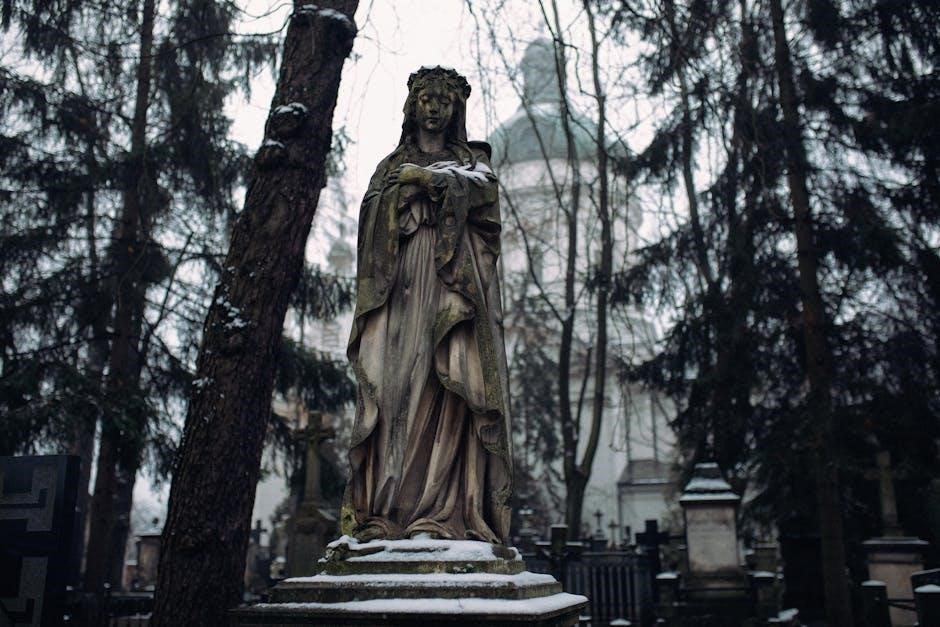
Implications for the Study of Religion and Culture
The book challenges traditional religious narratives, offering new perspectives on cultural and spiritual evolution. It bridges ancient symbolism with modern psychedelic research, inspiring interdisciplinary dialogue and inquiry.
6.1 The Potential Impact on Understanding Early Christianity
Allegro’s theory challenges traditional views of Christianity’s origins, suggesting a link to ancient fertility cults and psychedelic mushrooms. This provocative idea sparks debate about the nature of early Christian rituals and symbolism, potentially reshaping historical interpretations. By exploring the role of mushrooms in shaping religious experiences, the book offers a radical perspective on how Christianity may have evolved from earlier pagan practices. While controversial, this hypothesis encourages scholars to reconsider the cultural and psychedelic influences on religious development, providing a fresh, albeit speculative, lens for understanding Christianity’s foundational beliefs and practices.
6.2 Modern Perspectives on Mushrooms and Spirituality
Contemporary interest in psychedelic mushrooms has rekindled discussions about their spiritual significance, drawing parallels to Allegro’s theories. Modern studies highlight the potential of mushrooms to induce profound mystical experiences, resonating with ancient shamanic practices. This has led to a growing acceptance of entheogens in therapeutic and spiritual contexts, bridging traditional and modern approaches to spirituality. While Allegro’s claims remain controversial, the renewed focus on mushrooms has sparked interdisciplinary research, blending anthropology, psychology, and theology to explore their role in human consciousness and religious evolution, offering new insights into the intersection of nature and the divine.

